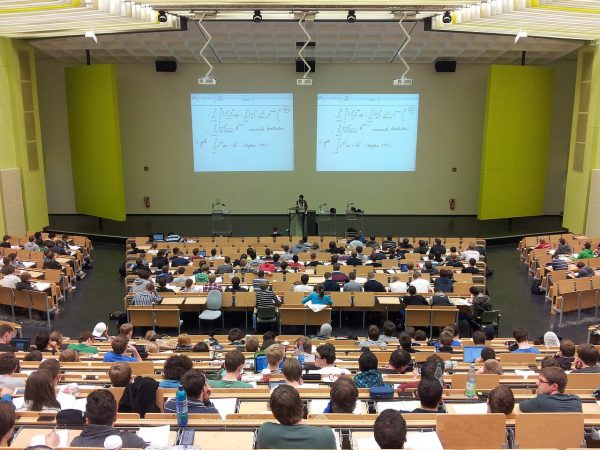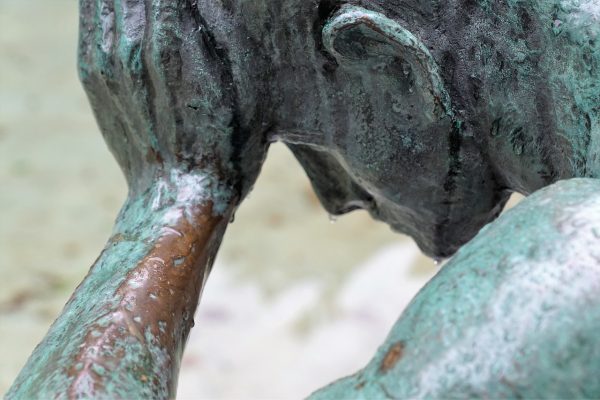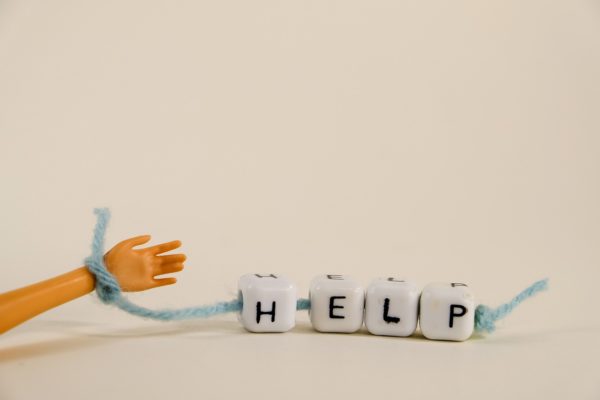The Loss of Nature

Would you be surprised if I told you that approximately 100 of species will not exist on this Earth 24 hours from now. Furthermore, thousands or perhaps millions of species might vanish from the Earth, without any acknowledgement of their existence.
Organisms have existed on this Earth in variation for many many years. In fact nature continued its smooth way of development until the appearance of humans not just 0.2 seconds ago in relativity to Earth’s time period.
The variation of living organisms found on Earth is called biodiversity. Biodiversity is an important ecological element, as complex as ever, given that it encompasses every creature and every single celled organism from all ecosystems. It’s biodiversity, the roles of each organism, that also allows us humans to be able to live and breathe. Each organism in its way contributes to the ecosystem. To give an example, even a role of nitrogen-fixing bacteria, which can not be even seen by a naked human eye, or the the impalpable roles of plants and animals in the water cycle of our earth. To go into more specifics, about 75 percent of our food is derived from plants! It’s not just plants which contribute to our food. The helpers that might not even cross our thoughts are bats, birds, bees and many other little creatures. For example, bats save corn farmers about $ 1 billion annually by eating pests like earthworm larvae. In addition, many plants provide us with medical uses and cures for different lethal diseases. It’s the act each living thing plays in the diversity that makes this planet livable for us humans.
There is always a villain of the story, who comes to disrupt all of the harmony on the stage. Unfortunately, it is the homo sapiens, meaning us. Since the appearance of humans, we have been in constant action to make our lives better. Humans have exploited environment around them, driving many species to extinction or simply endangering them.
Many species have gone into extinction, due to the habitat loss, introduction of invasive species by humans, pollution, and many other human impacts. The rate of extinction of species has increased tremendously. According to Global Environment Outlook 4, species extinction is occurring at 100 times the natural rate, and it is expected to accelerate to between 1,000 and 10,000 times the natural rate in the coming decades. It is also estimated that many specie, as much as sixteen thousand species, are threatened with extinction. Unfortunately, many others have not even been identified yet.
The loss of biodiversity comes with severe impacts, such as lack of useful medical advancements, increase in floods, increase in carbon levels in air, and an imbalance in interactions between as symbiotic relationships. As in one symbiotic relationship as such as commensalism, the extinction of one specie could endanger the other specie which benefited from it. Many other impacts come from climate changes, which sets off a series of consequences such as the acidification of oceans, leading to the loss of aquatic organisms. It is certainly not just a matter of a few impacts, but it is an intricately structured system which has come to near dysfunction, due to human disruptions. As it always has been, saving biodiversity is not just about the offered benefits nature bestows on us, but also our inherent affinity for nature around us.










